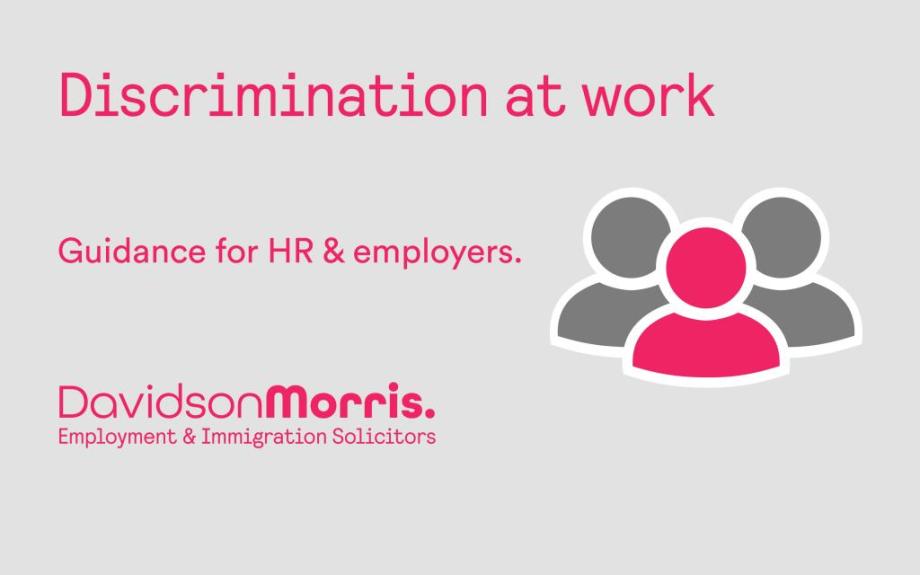The Equality Act 2010 provides six different types of discrimination that are prohibited by law:
Direct Discrimination: when an individual is treated less favourably than others due to one or more of the protected characteristics.
Indirect Discrimination: where an organisational policy, applicable to all, places those with protected characteristics at a disadvantage.
Failure to make reasonable adjustments: where an employer has failed to ensure disabled people can access jobs, education and services as easily as non-disabled people.
Discrimination arising from disability: where an employee has been treated unfairly and this is connected to a disability. This is only applicable if the employer was aware or ought to have been aware that the individual had a qualifying disability. However, the employer may be able to show good reason for the unfair treatment which would render it lawful.
Harassment: unwanted conduct toward an individual relating to a protected characteristic that is intended to offend, humiliate degrade or intimidate.
Victimisation: when an individual suffers poor treatment due to a perception that they have or will have a protected characteristic.
‘Protected characteristics’ is the legal term used to refer to the different types of discrimination that are prohibited by law under the Equality Act 2010. These apply in a broad range of environments and circumstances, including the workplace.
It is against the law to discriminate against or treat someone unfairly by reason of:
Age: It is against the law to discriminate against anyone on the basis of being young or old, being a specific age or belonging to a particular age group (‘over 70’, ‘18 – 21’ etc).
Disability: This covers both physical and mental conditions that the individual suffers now or have recovered from.
Gender reassignment: Individuals are protected by law from discrimination during all phases of gender transition, including if they are planning to transition, have already started the process or have already transitioned.
Marriage or civil partnership: Is it unlawful to discriminate against individuals for being married or in a civil partnership, and where they are separated but not divorced or the civil partnership has not been dissolved. They must be legally married or in a legal civil partnership to come under this class. They are not covered if they are engaged, widowed or a long term cohabiting couple.
Pregnancy or maternity: Employers are not allowed to discriminate against employees because they are pregnant or on maternity leave. This applies during the ‘protected period’ which starts when the employee is pregnant and ends when maternity leave ends or when they return to work, whichever is sooner.
Race discrimination: It is unlawful to discriminate on the basis of an employee’s skin colour, nationality, ethnic or national origin.
Religion or belief: Protection covers where an employee has certain religious or philosophical beliefs, where they are a member of an organised religion or have no religion.
Sex: It is unlawful to discriminate against an employee on the basis of being a man or a woman.
Sexual orientation: Employers cannot discriminate against someone because of their sexuality.
Our employment lawyers have extensive experience advising employers in relation to unlawful discrimination disputes and claims. We can help you understand your obligations and legal options, and can advise on policies and procedures to help prevent complaints for workplace discrimination. Contact us for advice on workplace discrimination.



